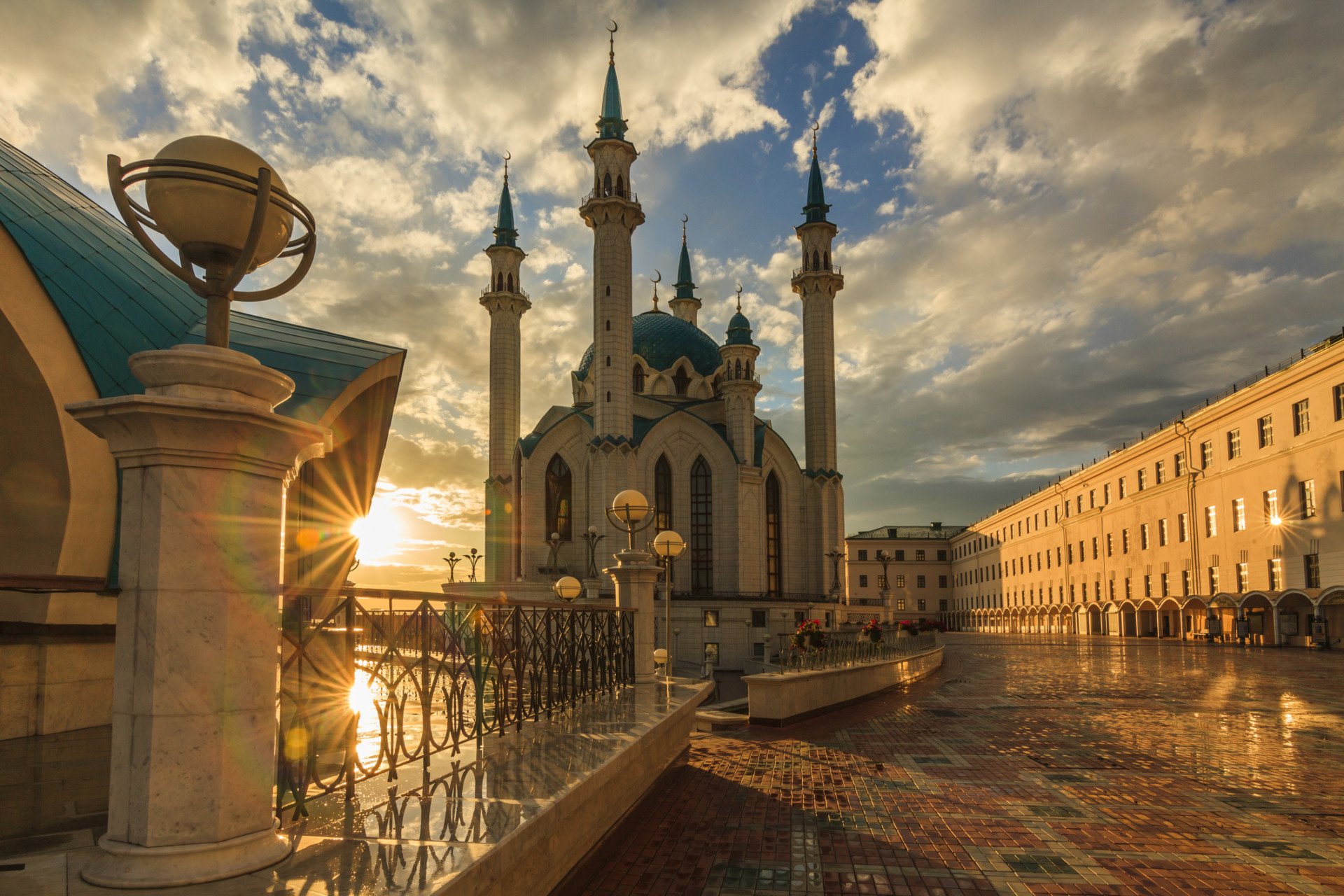
The presenter provides no proof of a global flood in the 18th century or thereabouts,
OK. Can everyone open their mind, show a little curtesy and actually listen to the questions I've asked over many posts, instead of determining the smart answer half way through the questions. Also consider the pictures.
I have repeatedly questioned what could possibly have happened ( I suspect ) maybe around 1300's that could give the impression of partially buried buildings, apparent or not, world wide. Maybe something like:
Earth, Planets and Space (2019) 71:54
Tsunami deposits were collected along the coast of southwestern Hokkaido and Okushiri Island, northern Japan. The distribution of these deposits suggested that large earthquakes and tsunamis have repeatedly occurred off southwestern Hokkaido. Along the southern coast of Okushiri Island, five...

doi.org
FULL PAPER
Fault model ofthe12th century
southwestern Hokkaido earthquake estimated
fromtsunami deposit distributions
Kei Ioki1* , Yuichiro Tanioka2, Gentaro Kawakami3, Yoshihiro Kase3, Kenji Nishina3, Wataru Hirose3,
Kei’ichi Hayashi3 and Ryo Takahashi3
Abstract
Tsunami deposits were collected along the coast of southwestern Hokkaido and Okushiri Island, northern Japan. The
distribution of these deposits suggested that large earthquakes and tsunamis have repeatedly occurred off south-
western Hokkaido. Along the southern coast of Okushiri Island, five tsunami sand/gravel layers have been deposited
during the last 3000 years. The latest was deposited by the 1741 Oshima–Oshima landslide tsunami and the second
by the 12th century tsunami. The later tsunami was probably generated by a large earthquake because submarine
seismo-turbidites with similar age exist in the region and a large inland landslide had occurred in Okushiri Island
in approximately the 12th century. The ages of paleo-tsunami events prior to the 12th century are 1.5–1.6, 2.4–2.6,
2.8–3.1 ka. In this study, a fault model of the 12th century earthquake was estimated by comparing tsunami deposit
distributions and calculated tsunami inundation areas at five sites in Okushiri Island and Hiyama region. Fault model
F17, a submarine active fault in the Japan Sea near Oshima–Oshima, is a probable source for this tsunami. Numerical
simulation of the tsunami was performed based on fault model F17; we modified the fault parameters (length and
slip amount) from the original model to explain tsunami deposit distributions. A shorter length of 104 km and a larger
slip amount of 18 m were appropriate for the fault model on the basis of parametric studies. The seismic moment of
the earthquake was calculated to be 9.95 × 1020 Nm (Mw 7.9) assuming a rigidity of 3.43 × 1010 N/m2. The estimated
fault model is located between the focal regions of the 1993 Hokkaido Nansei-oki earthquake and the 1983 Japan Sea
earthquake.
Keywords: Tsunami deposit, Tsunami inundation, Great earthquake, Hokkaido, Japan Sea
Results
Tsunami inundation computation was performed in ve areas of Okushiri Island, Taisei, Himekawa, Kaminokuni, and Ishizaki. Computed tsunami inundation areas were compared to tsunami deposit distributions. As a result, subfault 1 and subfault 4 in the north part of fault model F17 were removed because the computed tsunami inun- dation area was too large compared to tsunami deposit distributions on Okushiri Island. Another reason is that the computed coseismic deformation was too large on Okushiri Island. Uplift of 4–5 m was computed because subfault 1 and subfault 4 are directly below Okushiri Island; however, no stratigraphic record of such a large coseismic uplift has been recognized in peat above and below the tsunami sand bed from the 12th century on Okushiri Island.
e slip amount of subfault 2 and subfault 5 was enlarged because the computed tsunami inundation area was too small compared to the tsunami deposit distribu- tions at Otobe town in the Hiyama region. A slip amount of 18 m on subfault 2′ was estimated to produce a com- puted tsunami inundation area that matches the tsunami deposit distribution at Otobe town (Fig. 3c). e length of 7 km for subfault 2 should be reduced to produce a computed tsunami inundation area that matches the tsu- nami deposit distribution on Okushiri Island. A length of 50 km for subfault 2′ was estimated to t the computed tsunami inundation area and tsunami deposit distribu- tions on Okushiri Island (Fig. 3a).
ese subfaults can explain the tsunami deposit distri- butions in other tsunami inundation areas (Fig. 3b, d and e). e location of the estimated fault model in this study is shown in Fig. 2, and the fault model parameters are shown in Table 2. A seismic moment of 9.95×1020 Nm (Mw 7.9) was calculated from the estimated fault model assuming a rigidity of 3.43 × 1010 N/m2.
OR
Numerical Simulation of the Landslide and Tsunami
Due to the 1741 Oshima‐Oshima Eruption in
Hokkaido, Japan
Geological Survey of Japan, National Institute of Advanced Industrial Science and Technology, Tsukuba, Japan,
2
Institute of Seismology and Volcanology, Hokkaido University, Sapporo, Japan,
3
Department of Regional Management,
Faculty of Liberal Arts, Tohoku Gakuin University, Sendai, Japan,
4
Geological Survey of Hokkaido, Hokkaido Research
Organization, Sapporo, Japan
Abstract Sector collapse during the 1741 eruption of Oshima‐Oshima volcano (southwestern Hokkaido,
Japan) generated a large tsunami in the Japan Sea. The tsunami caused severe damage along the Oshima
(Hokkaido) and Tsugaru (Honshu) peninsulas. Tsunami deposits due to the 1741 event were identified along
the Okushiri and Hiyama coast in Hokkaido. In this study, we numerically simulated the landslide and
tsunami generated by the 1741 Oshima‐Oshima eruption using an improved two‐layer model to explain the
depositional area of the landslide, the tsunami heights written in historical records, and the distributions of
tsunami deposits. Areas of erosion and deposition by the 1741 landslide were estimated from the
bathymetric data on the northern slope of Oshima‐Oshima volcano. In addition, previous topography before
the sector collapse was restored. From the bathymetry difference before and after the landslide, the volume
of collapsed material was estimated at 2.2 km
3
. Based on those data, the landslide and tsunami were
numerically simulated by solving equations of an improved two‐layer model that incorporates Manning's
formula in the bottom friction terms of the lower layer. An apparent friction angle of 2.5 and a Manning's
roughness coefficient of 0.15 were selected to explain the area of deposition estimated from the bathymetry
analysis and distributions of tsunami deposits. The thickness distribution of the computed landslide mass
fits relatively well with the depositional area. Computed tsunami heights match those from historical
records along the Hiyama coast. Computed tsunami inundation areas cover most of the distributions of
tsunami deposits identified along the coasts.
1. Introduction
The Oshima‐Oshima volcano which is located off the southwestern coast of Hokkaido, Japan (Figure 1),
erupted on 29 August 1741. The northern slope of the volcano collapsed during this eruption and rushed
in the Japan Sea to the north direction. The large part of the collapsed slope was situated under the sea
surface, and a large tsunami was generated. Historically, the tsunami was considered as the largest in
the Japan Sea (Abe, 1999). The tsunami caused severe damage along the Oshima Peninsula (Hokkaido)
and Tsugaru Peninsula (Honshu), and killed more than 2,000 people from Kumaishi to Matsumae along
the Hiyama coast, Hokkaido (Watanabe, 1998). Tsunami heights were surveyed along the coast in the
Japan Sea, not only Hokkaido but also Honshu and Korean coast, and surpassed 10 m along the
Hiyama coast (Hatori, 1984; Tsuji et al., 2002). Recently, tsunami deposits of the 1741 event have been
identified along the southwestern coast of Hokkaido (Kawakami et al., 2017; Nanayama et al., 2017;
Nishimura et al., 2000).
Several researchers have investigated the generation mechanism of the 1741 Oshima‐Oshima tsunami. The
tsunami was first calculated using a fault model assuming that it was generated by the earthquake (Hatori &
Katayama, 1977). Aida (1984) calculated the tsunami due to the landslide but was unable to reproduce the
observed tsunami heights. A detailed bathymetric survey around Oshima‐Oshima volcano revealed the
extent of the 1741 landslide deposits on the seafloor (Satake & Kato, 2001). Using that landslide extent,
tsunami generation was simulated using a kinematic landslide model (Satake, 2007) and a two‐layer model
(Imamura, Hashi, & Imteaz, 2001; Imamura, Goto, Shigihara, Kitamura, Matsubara, Takaoka & Ban, 2001;
Kawamata et al., 2005; Yamanaka & Tanioka, 2017). However, these models cannot explain both the distri-
bution of the landslide deposit and tsunami heights.
Now do you want to keep berating my efforts or see IF there is anything more we can find.




